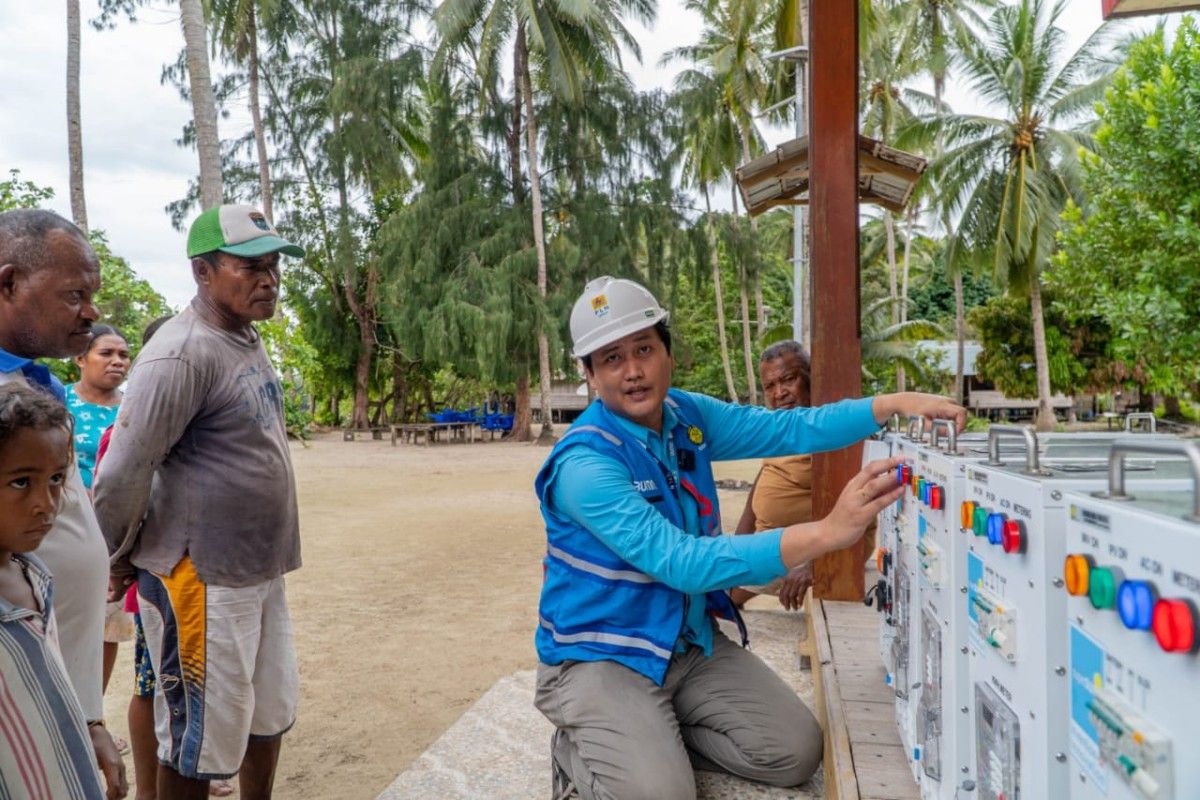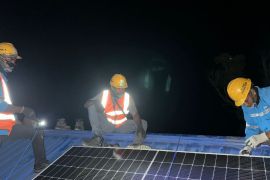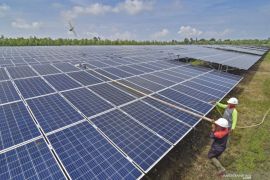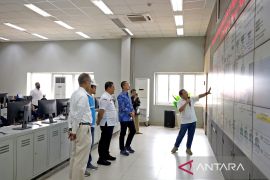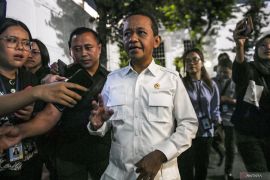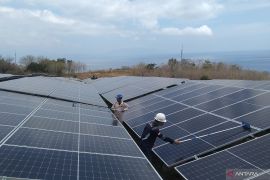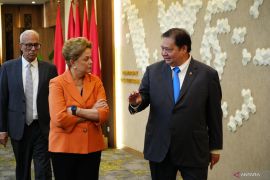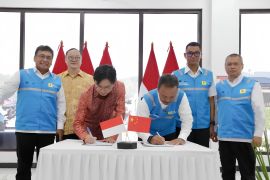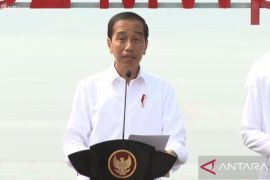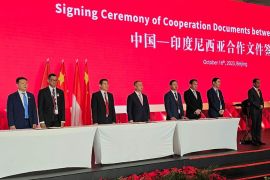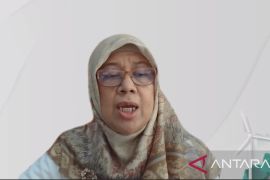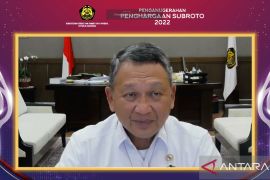The availability of stable electricity is also a key factor in supporting economic growth and social welfare in a region, including in Papua.
Papua's complex topography presents unique challenges in ensuring electricity access.
“It is challenging and requires innovation. It is not merely about the provision of electricity but also efforts to maintain it,” Manager of the South Papua Province Electricity Project Implementation Unit, Deskiniel, remarked.
He noted that innovation and creativity are essential in overcoming Papua's challenging terrain and geographical conditions.
Efforts by officers from state-run electricity company PT PLN to distribute electricity in Papua are ongoing.
In 2018, Deskiniel and five other people were tasked with electrifying Suw Damban Village, Borme Sub-district, Pegunungan Bintang District, Papua Highland Province.
To reach the village, the entourage flew in a caravan plane and trekked for nine hours through mountainous terrain.
Based on survey results, the area could be powered by the Pico Hydro Power Plant (PLTPH).
Construction of the PLTPH took a month and involved PLN, the local government, and the local community.
"This PLTPH has a capacity of only 1,000 Watts (enough) to electrify 22 houses. One house can only install one lamp," Deskiniel remarked.
Based on these results, he assumed that a conventional method of electrifying all of Papua would be impractical.
"It will definitely take another 20 years with an investment cost of Rp200 million (US$11 thousand) per customer," he explained.
Until now, 370 thousand villages in Papua remain without electricity. Hence, PLN continues to build coordination and communication with local and central governments to bring electricity to all villages in Papua.
Related news: From darkness to dishes: How electricity revives Papuan cuisine
Bring SuperSUN to 3T areas
PLN introduced a superSUN scheme, offering solar power plants at a fairly affordable price to electrify regions in Papua.
Solar energy is deemed suitable for powering villages in the Frontier, Outermost, and Disadvantaged (3T) areas.
Using this system, PLN successfully electrified 49 houses in Borme Sub-district, Pegunungan Bintang District, in December 2024, through cooperation with the local and central governments.
The adoption of green power plants marks a significant step towards a cleaner, more sustainable, and safer energy future. PLN also plays a role in maintaining a healthy and balanced environmental ecosystem by reducing the use of fossil fuels in power plants, which supports the reliability of the electricity system.
Papua currently hosts various new and renewable energy power plants, including Hydroelectric Power Plants (PLTA), Solar Power Plants (PLTS), Micro Hydro Power Plants (PLTMH), and SuperSUN.
Based on data until March 2025, PLN has supplied electricity to 893,007 customers in Papua, meeting a demand of 338.6 MW out of a total capacity of 495.8 MW.
By the end of 2024, the new and renewable energy (NRE) mix in Papua had reached only 3.18 percent, consisting of NRE power plants including one Orya Genyem Hydroelectric Power Plant (PLTA) in Jayapura District, four Micro Hydroelectric Power Plants (PLTMH) located in Jayawijaya District (PLTMH Walesi and Sinagma), Fakfak District (PLTMH Werba), and Pegunungan Arfak District (PLTMH Anggi) alongside 123 Solar Power Plants (PLTS) and dozens of SuperSUN innovation units distributed across the 3T areas in Papua.
Related news: PLN completes 11 large-scale power infra projects in Papua, Maluku
Electricity for economic growth
Kurniawan Patma, an academic from Cenderawasih University, stated that PLN's efforts to provide electricity in Papua’s 3T areas are not merely a technical innovation but also a strategic move to accelerate equitable economic development.
Access to electricity is considered crucial for enhancing community productivity, opening up new business opportunities, strengthening education and health services, and supporting local economic growth as a whole.
The introduction of electricity will drive social and economic transformation in several villages and hamlets in Papua. Communities that previously relied on traditional methods now have the opportunity to integrate into the digital economy ecosystem and develop small-scale industries.
In the future, the availability of electricity must be complemented by cross-sector collaboration. Regional governments, the private sector, and the community should team up to leverage this energy for establishing village economic centers, supporting locally based Micro, Small, and Medium Enterprises (MSMEs), and advancing modern and inclusive education and health systems.
Papua possesses immense potential in terms of its natural resources, culture, and people.
With electricity reaching every village, the government is kindling hope for an independent, advanced, and prosperous Papua.
Acting Governor of Papua Ramses Limbong also emphasized that developing electricity infrastructure is one of the priority programs in Papua Province. The presence of electricity is believed to help reduce illiteracy rates and boost the economy, ultimately improving family welfare.
Related news: 2022 power consumption reflects economic recovery: ministry
Translator: Resinta Sulistiyandari
Editor: Yuni Arisandy Sinaga
Copyright © ANTARA 2025
